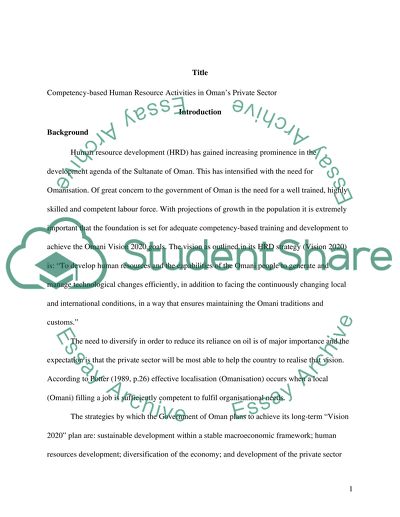Cite this document
(“Competency based HR Activities&8207 in Oman Private sector Dissertation”, n.d.)
Retrieved from https://studentshare.org/gender-sexual-studies/1404842-competency-based-hr
Retrieved from https://studentshare.org/gender-sexual-studies/1404842-competency-based-hr
(Competency Based HR Activities&8207 in Oman Private Sector Dissertation)
https://studentshare.org/gender-sexual-studies/1404842-competency-based-hr.
https://studentshare.org/gender-sexual-studies/1404842-competency-based-hr.
“Competency Based HR Activities&8207 in Oman Private Sector Dissertation”, n.d. https://studentshare.org/gender-sexual-studies/1404842-competency-based-hr.


